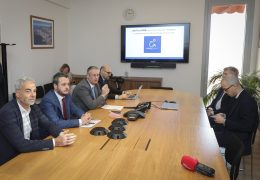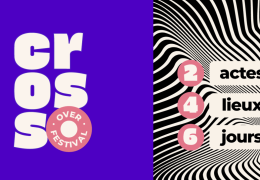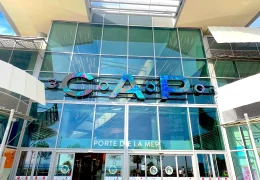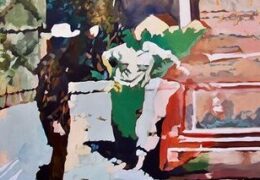“ETERNITY, IF POSSIBLE” at Villa Cameline in Nice
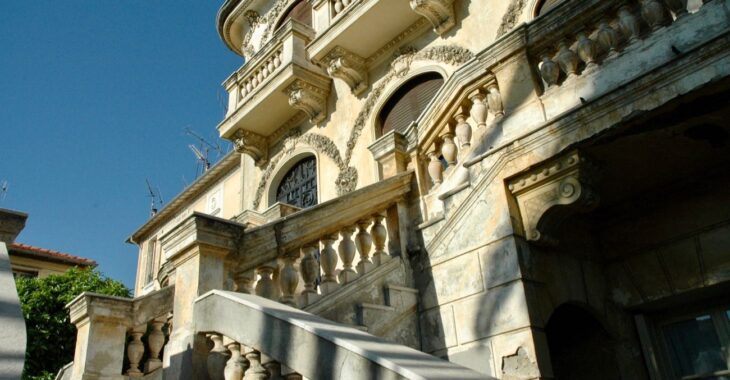
In 2018, the exhibition “Le Cabinet atomique” was presented at La Maison Abandonnée [Villa Cameline], addressing the idea of daily taming of the nuclear phenomenon, with the atom embodying the energy of the future and the beginning of the end of times. The proposal highlighted trivialized dangers: nuclear power plants integrated into the landscape; tests in North Korea and Polynesia; the delicate management of radioactive waste. Since this exhibition, the pandemic has struck, the climate crisis is now part of the vocabulary of the powerful, and the possibility of a nuclear war darkens the horizon.
In our contemporary history, humanity has been and continues to be confronted in many ways with its annihilation, or at least with its great vulnerability. But for it to truly imagine its disappearance, humans need real facts where eschatology moves beyond philosophical or theological discourse to become a palpable possibility. In response, threats have multiplied, never disappearing, but rather adding onto each other.
The exhibition project “L’éternité, si possible” fits into this current context marked by the multipolarity of risk sources and presents itself as a continuation of a reflection on the notion of survival in these uncertain times.

The two curators and the eight artists, 4 French and 4 Canadian, will explore different aspects or simulacra of the destruction of our ways of life through contemporary visual and literary artworks. The museum paths will be presented as an anticipatory narrative. Humans have endowed themselves with the divine power of world destruction.
And it is to the rhythm of the ticking doomsday clock that the artworks will display an irreversible past, a concerning present, and a future that is at least uncertain, while illustrating the powerful inherent desire in our Western humanity, that of being eternal.



